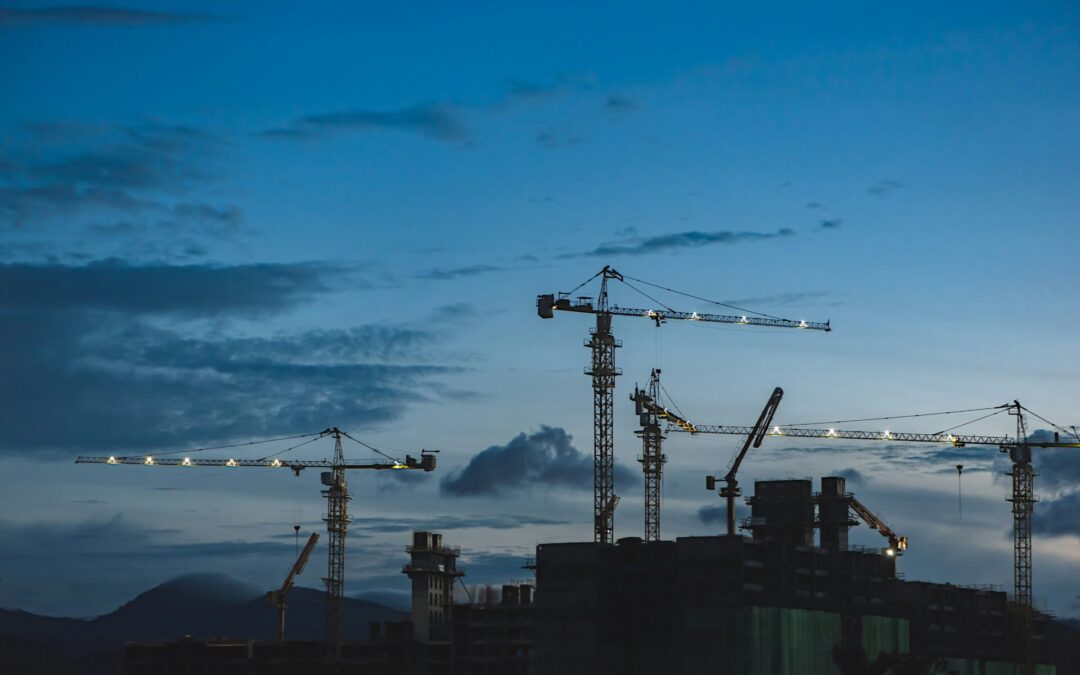Infrastructure development in Africa is a two-pronged problem: a lack of sufficient infrastructure on one hand and relatively poor quality of available infrastructure on the other hand. Whilst there are numerous benefits for embarking on infrastructure development, it is not enough to only push for an increase in the number without a corresponding increase in quality. Of a fact, it is impressive to see public bodies commissioning projects such as new roads and bridges to facilitate transportation, or passing cables to improve or enhance national electricity coverage but what truly makes for good infrastructure suitable to meet socio-economic development must transcend quantity. To qualify as adequate, it must pass the test. This article will highlight three important criteria for evaluating infrastructure development: accessibility, resilience and sustainability, all of which are interconnected in remedying the infrastructure deficit Africa faces.
Accessibility is one of the important metrics for ascertaining the quality of infrastructure. Good infrastructure should have access as one of its primary goals by eliminating any form of barrier. Infrastructure must promote a people-first outcome. Can people use it? Does it benefit the people? For instance, what is the point of a borehole facility if the people or surrounding communities cannot access it for safe drinking water? What is the essence of road construction if it doesn’t improve transport connectivity for people, businesses and communities?
Infrastructure planning should foster access for people, markets and communities and not further increase existing barriers. In particular, vulnerable groups such as people with disabilities, indigenous populations and grassroot communities should be brought within the grid of planning and implementation of infrastructure projects. There is a huge possibility of infrastructure projects widening existing social inequality gaps or fostering a sense of disconnection such that certain projects may prioritise urban and suburban areas thereby, leaving underserved communities behind.
Moving forward, resilience is another critical measure for good infrastructure. This is of utmost priority – building to last and being able to withstand pressure. In recent years, there has been increased climate threats and natural disasters putting the survival of key infrastructure assets and services at risk. For example, infrastructure collapse during the devastating earthquake in Morocco in 2023 was largely attributed to the construction techniques of the buildings which were not designed to withstand pressure. Again, Cyclone Idai in Zimbabwe in 2019 caused approximately $622 million worth of damage to infrastructure. These examples and several others make a solid case for future-proofing infrastructure against destruction arising from natural disasters and climate change impacts.
Infrastructure collapse during disasters set back societies and expose people to various hardships such as but not limited to power outage, contamination of water bodies, building collapse, health emergencies, food shortage, affected livelihoods especially rural communities whose sustenance is primarily built on agriculture, and so on. In fact, the cost of rebuilding affected infrastructure after a natural disaster is often sufficient for building new infrastructure assets and/or maintaining old ones. For example, the World Bank released a statement in the aftermath of Cyclone Idai highlighting that the cost of building back is approximately $1.1 billion.
Furthermore, sustainability is a core factor in building infrastructure. This entails ensuring long-term social, economic and environmental benefits. In simple terms, infrastructure must be developed with the environment in mind across the project lifecycle from start to finish. This necessitates carrying out environmental impact assessments before embarking on the project, using climate-friendly materials and methods during the project, and regular maintenance of the infrastructure asset or service after the project is concluded.
In conclusion, infrastructure development must be outcome-oriented and not tokens for governments to posture themselves as performing. What we have seen repeatedly over the years in some countries across the continent is government agencies building infrastructure as a way of scoring political points without prioritising necessary standards. In the same vein, advocacy for infrastructure development should not end at pushing for quantity but a complimentary effort at quality across every metric. Quality should be the basis for scoring infrastructure projects by asking does it really pass the test?


Bravo, Busolami! This is very thoughtful and forward thinking. I wish these could go beyond the web to implementation across the continent. Kudos.